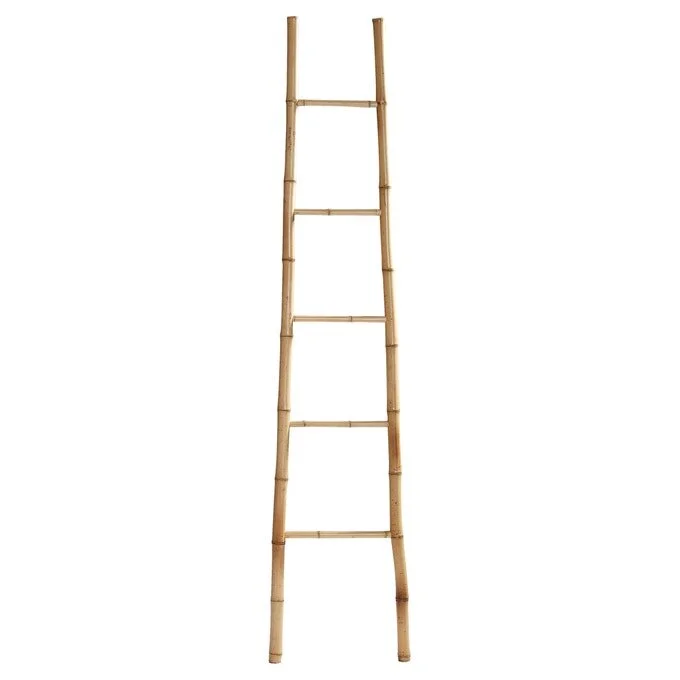Eco Spotlight: Bamboo for Interiors
Bamboo and rattan products have generated a lot of noise in recent years for being an eco-friendly ‘wonder product’ but is this really the case? As a material, it has huge benefits; Bamboo is the fastest-growing woody plant in the world and regenerates quickly, meaning it can be harvested every three to seven years. It can absorb five times more carbon dioxide and produces 35% more oxygen than a similar group of trees. However, Bamboo only grows in Southeast Asia, Africa, Latin America, and the southern regions of the USA.
All of this looks great on paper but is bamboo sustainable in all its forms?
Bamboo is incredibly strong and lightweight. In Asia, it’s used in place of steel for the construction of buildings and roads or to reinforce concrete. It takes far less energy and resources to produce bamboo over wood or steel.
Currently, the only commercial scale production of bamboo takes place in China. Immediately for British customers, that means that the majority of bamboo products available to us have been shipped from across the globe. Obviously, this has a major impact on a products overall carbon footprint. Along side this, high demand means that many farmers cut down natural forests to make way for bamboo plantations, destroying natural habitats that may already be endangered and use pesticides and fertilisers.
Lots of bamboos sustainability credentials are lessened when it starts to be highly processed, for instance in the textile industry. This means that using it in its unprocessed forms, Such as for furniture, utensils and flooring, makes it a more viable sustainable option.
Here are some of our favourites!













